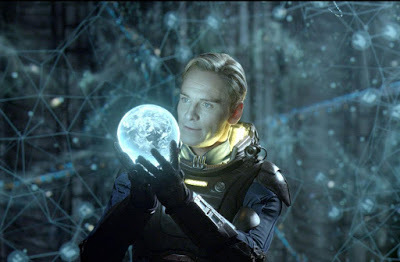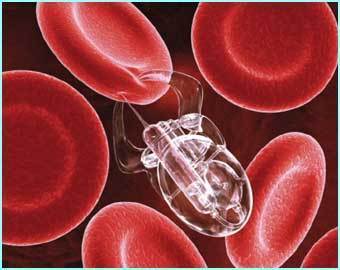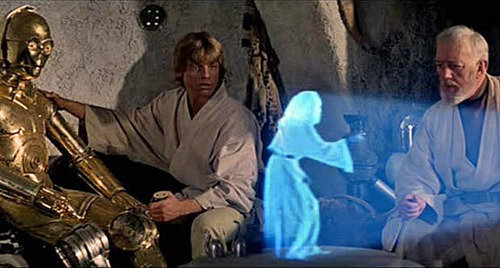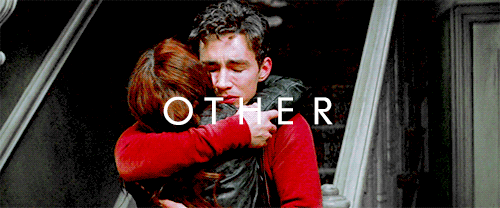Sarah Barra's Blog, page 62
June 20, 2014
I will work today like a maniac. I will finish the editing so I can translate the chapters I have...
I will work today like a maniac. I will finish the editing so I can translate the chapters I have left!
ello-london-calling:
So true
June 18, 2014
laurendestefano:
Whatever your passion and struggles, I care about you and I support you.Unless...
Whatever your passion and struggles, I care about you and I support you.
Unless your passion is murder and you’re struggling to hide a body.
duttonbooks:
Simple and accurate (well, at least in our...
I think I finally have the book cover ready!
Now let’s finish the translation.
I think I finally have the book cover ready!
Now let’s finish the translation.
brooklinebooksmith:
Best online order comment of the day,...
Josin McQuein Explains How Science Fiction Is Becoming Reality

Josin L. McQuein, author of Arclight and Meridian, shares with us out science fiction is becoming science reality.
As kids, we often dream of having magic at our fingertips. A secret, special something that adds spice to the mundane world and removes the limits of what’s possible. But as we get older, some of us let those ideas fall away, classifying them as dreams and games that no sensible, sane adult would entertain.
The rest of us become scientists.
Science and technology are the magic of the modern world—no wands or incantations required. So many of the things once thought impossible, or simply called the whims of a dreamer, have actually found their way into the hands of living, breathing people. It’s happened so often that there’s a sort of trope attached to it in pop culture. The best known is the conceit that H.G. Wells (or another old school sci-fi writer) was actually a time-traveler. So many of his “predictions” in fiction have become fact, it’s almost eerie in hindsight, but the truth is much simpler: Science fiction inspires science fact.
Look at something as ever-present as Star Trek:
— The communicator became the flip phone.
— The tricorder became several medical devices, including the external thermometer.
— The replicator became the 3-D printer.
Even the devices that seem destined to remain fiction—things like cloaking devices—have been proven possible. (It requires an outer skin made of LED or LCD panels, like a massive TV, but it’s possible.)
So with that in mind, I thought I’d go into a few helpful things that are currently on the bubble between fact and fiction:
NANITES

That answer may surprise those of you who’ve read Arclight, given the nightmarish world that arose when the nanites ran amok, but real, working nanites aren’t exactly the digital bogeymen that created Rue and his hivemates. Medical-grade nanites are amazing things. In theory, these cell-sized machines can target or disassemble tumors. They can stitch micro-tears inside the heart, or clear plaque from arteries and veins. They can map the brain.
There’s actually a working nanite model that can be used for battlefield triage. It’s sort of a living bandage that can adapt to the wound it’s treating, depending on depth and severity of damage. At the very least, nanotech can minimize long-term damage to nerves and tissue. And over time, as the machines adapt to self-replicate and self-improve, they’ll be able to do more than that.
STARSHIPS

Not rockets. To explore the stars, we need more than the ability to strap ourselves to a barrel of explosives and launch ourselves into the near space around our own planet. Not even shuttles, which take us from here to there and back again. To truly experience the scope of the universe and our teeny tiny corner, of a corner, of a corner of it, we need capable ships that can navigate between solar systems. But to do that, we have to be able to go faster than the speed of light.
Believe it or not, it’s been proven possible. Just not with solid matter.
At present, high-intensity laser light is the only known substance that’s ever exceeded the natural speed of light, but once proven, a method can be improved. It’s only a matter of time before time is no barrier to matter. After all—time doesn’t actually exist. (There’s no spoon, either, but I think we’re all better off if “the Matrix” stays fiction …)
QUANTUM COMPUTERS

It’s no secret that the world runs on computers and has for years, but what about a computer that runs in several worlds simultaneously? Quantum computers, theoretically, do exactly that. They replace the familiar bits and bytes of computer code with electrons spread across parallel dimensions. If there are a finite number of universes (12 or 13 is the usual number cited, assuming you can wrap your head around more than one), then there are a finite number of outcomes to a given situation. What a quantum computer does is run the numbers on all possible outcomes at the same time.
In a choice between A or B, when B is the definite outcome 90% of the time, then chances are that it will your outcome, too.
I’m just not sure who you’d call if your quantum computer breaks down three universes over. Is there an app for that?
3-D PRINTERS

A bit of a cheat, as they already exist, but the applications are piling on faster than the industry can keep up. Printers have been used to make everything from custom sugar decorations for cakes to customized makeup shades, but the most amazing things are the engineering possibilities.
The polymers used in a 3-D printer look like plastic, but they can harden into something strong enough to make workable tools—even the kind with moving parts, and there’s not even assembly required. You can literally print a house in three days, with all of the necessary pipes for indoor plumbing already laid. The houses are small, and round, but in an emergency situation, it could be a real game-changer. Or even without emergencies, given the proper grade of polymer, and the ability to sterilize equipment, the tools for a doctor’s office could be printed—on site—in the most remote areas. The same goes for printing the interior of classrooms in parts of the world where moving large or bulky items isn’t feasible.
And again, possibly the most amazing application is medical. It’s already been proven that artificial limbs can be created for less than $30. As the process is refined, why not look to “printing” new organs for those on a waiting list?

Science fiction is a strange subject, because it’s the only area of fiction that’s conditional. Fantasy isn’t likely to stop being fantasy, but sci-fi is only fiction until someone decides to reach through the pages and make it fact. So pay attention. While you’re reading a story that seems totally “out there” today, you might actually be seeing a glimpse of your own future.
Josin L. McQuein is the author of Arclight and Meridian. She lives in a small town near Dallas, Texas. You can visit her online at http://josinlmcquein.blogspot.com.


if-i-could-grow-wings:
June Book Photo Challenge: Day 5 - Books...

June Book Photo Challenge: Day 5 - Books in a Bag
My John Green book collection!













